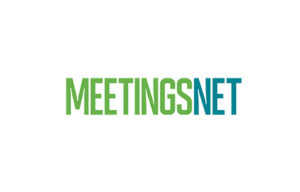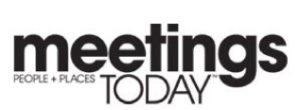Vulnerability Assessment
12-35 Points: Low Risk
Based on your assessment, your event is considered to be low risk, meaning high-impact crises are unlikely or your event is prone to multiple low-impact risks such as minor weather disruptions, temporary power outages, travel delays, speaker delays/cancellations, etc. Your event might have a smaller attendee base or is located in a smaller, local venue. Perhaps you can create a simpler risk management strategy for this event. Plot your top vulnerabilities on the chart below to identify what areas are of the highest concern.

Recover & Rebuild – Preparing for Post-Coronavirus Meetings – 5.27.20 – MeetingsNet
Brenda Rivers presents the SAFE Approach™, an event risk management strategy, as it relates to recovering from the 2020 Coronavirus Pandemic. ©2020 SAFE LLC. Please do not reproduce without express written consent from SAFE LLC. All rights reserved.

Download Your FREE Pandemic Vulnerability Assessment
Are you unsure ( or struggling) with how to guide your decision makers in what direction to take with your booked events? Cancel, Rebook or Carry on with Reduced attendance? Start with a vulnerability study to analyze these 3 options.

Event Crisis Management for Pandemic COVID-19 – 3.25.20 – Meetings Today
Brenda Rivers presents the SAFE Approach™, an event risk management strategy, as it relates to the COVID-19 pandemic. ©2020 SAFE LLC. Please do not reproduce without express written consent from SAFE LLC. All rights reserved.
Vulnerability Assessment
36-48 Points: Medium Risk
Based on your assessment, your event is considered to be moderately risky. There may be a few areas of higher concern, such as speaker cancellations, potential for medical emergencies or more serious weather issues, intellectual property/cyber fraud, controversial content, etc. Be sure to plot your top vulnerabilities on the graph below to review what issues might be more likely and/or have a higher impact on your event.
The Top 12 Duty of Care Responsibilities for Meeting Professionals

An organization’s duty of care is to do all that is reasonably prudent to prepare for foreseeable disasters, regardless of the likelihood. The duty of care begins with a heightened dedication to the safety of not just employees, but all attendees, including sponsors, vendors, exhibitors, spectators, journalists, speakers and invitees.

